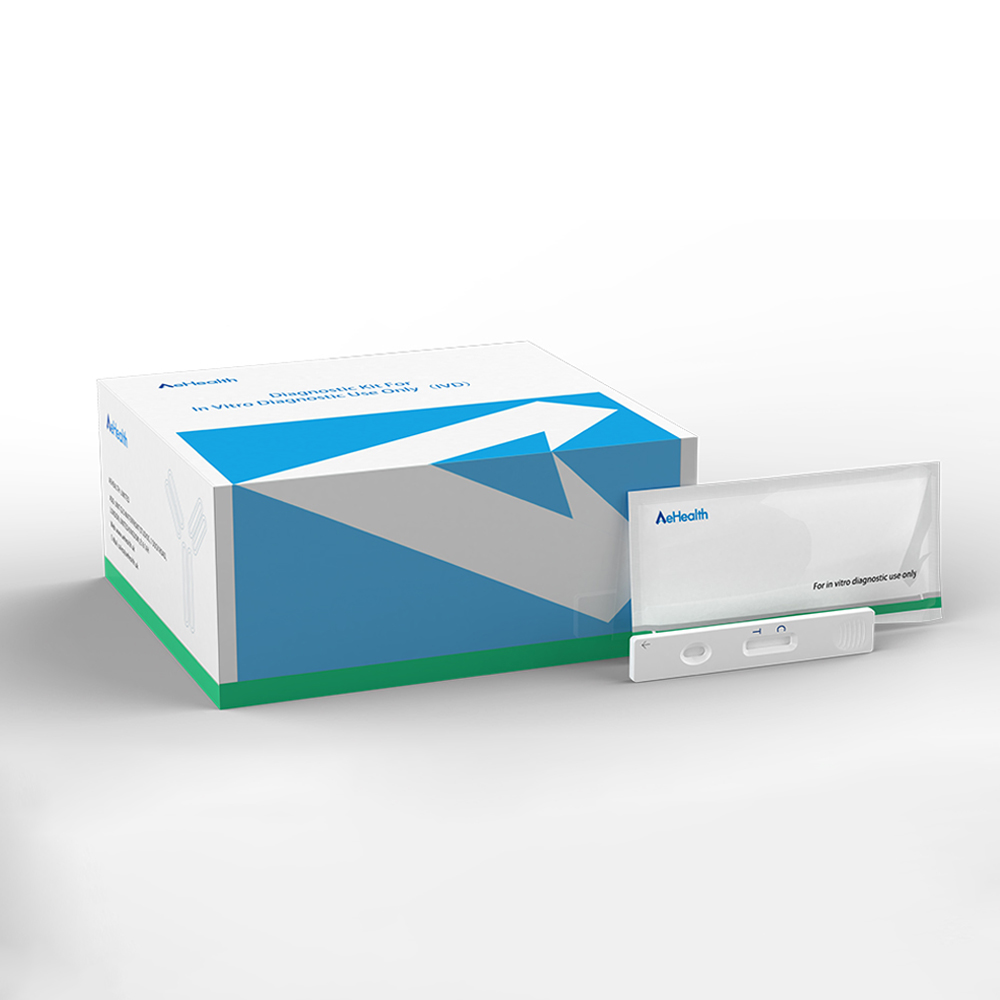
Performance Characteristics
Detection Limit : PG I≤2.0 ng/mL , PG II≤ 1.0 ng/mL;
Linear Range:
PG I: 2.0-200.0 ng/mL, PG II: 1.0-100.0 ng/mL;
Linear correlation coefficient R ≥ 0.990;
Precision: within batch C.V. is ≤ 15%; between batches C.V. is ≤ 20%;
Accuracy: the relative deviation of the measurement results shall not exceed ± 15% when standardized accuracy calibrator is tested.
1. Store the detector buffer at 2~30℃. The buffer is stable up to 18 months.
2. Store Aehealth Ferritin Rapid Quantitative test cassette at 2~30℃, shelf life is up to 18 months.
3. Test cassette should be used within 1 hour after opening the pack.
Pepsinogen is a protease precursor secreted by the gastric mucosa and can be divided into two subtypes: PG I and PG II. PG I is secreted by the main cells of the fundus glands and cervical mucus cells, and PG II is secreted by the fundus glands, pyloric glands, and Brunner glands. Most of the synthesized PG enters the gastric cavity and is activated to pepsin under the action of gastric acid. Usually, about 1% of PG can enter the blood circulation through the gastric mucosa, and the concentration of PG in the blood reflects its secretion level. PG I is an indicator of the function of gastric oxyntic gland cells. Increased gastric acid secretion increases PG I, decreases secretion or decreases gastric mucosal gland atrophy; PG II has a greater correlation with gastric fundus mucosal lesions (compared to gastric antral mucosa). High is related to fundus gland atrophy, gastric epithelial metaplasia or pseudopyloric gland metaplasia, and dysplasia; in the process of fundus gland mucosal atrophy, the number of principal cells secreting PG I decreases and the number of pyloric gland cells increases, resulting in PG I The /PG II ratio decreases. Therefore, the PG I/PG II ratio can be used as an indication of gastric fundic gland mucosal atrophy.

